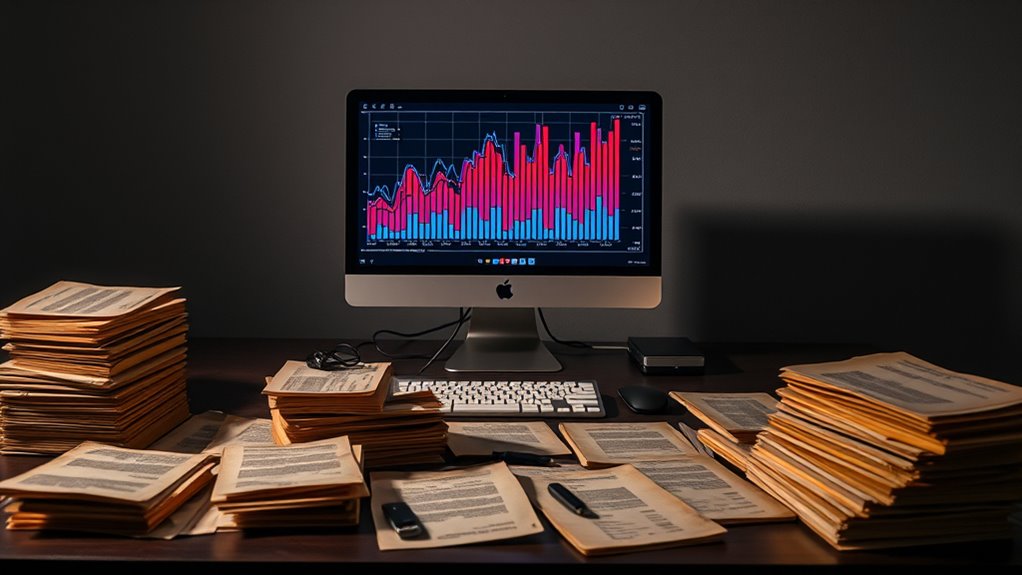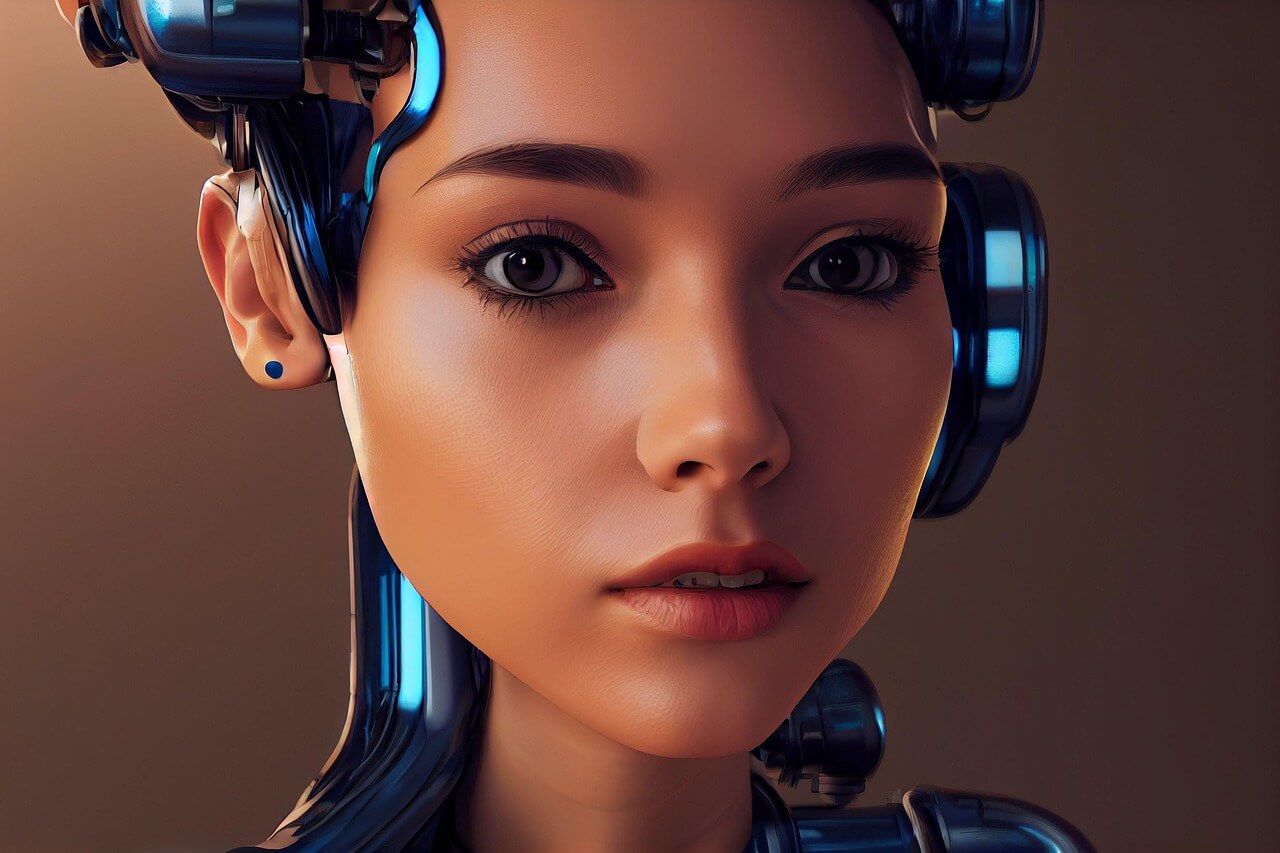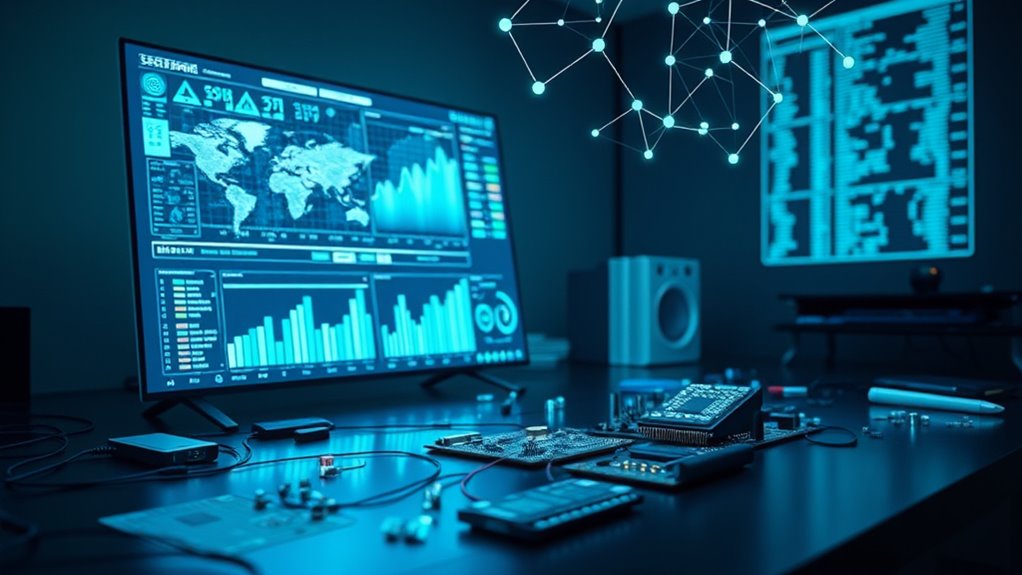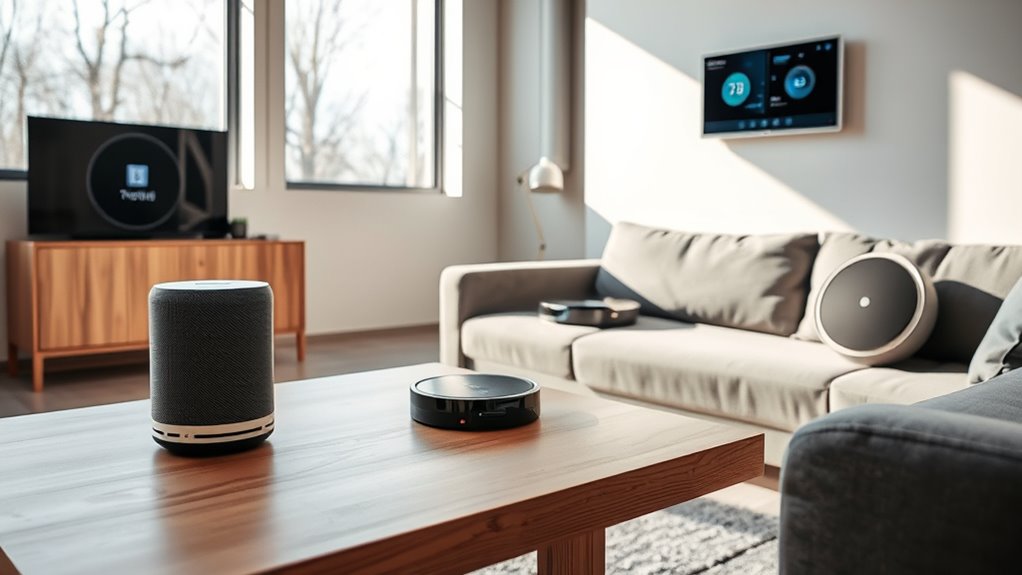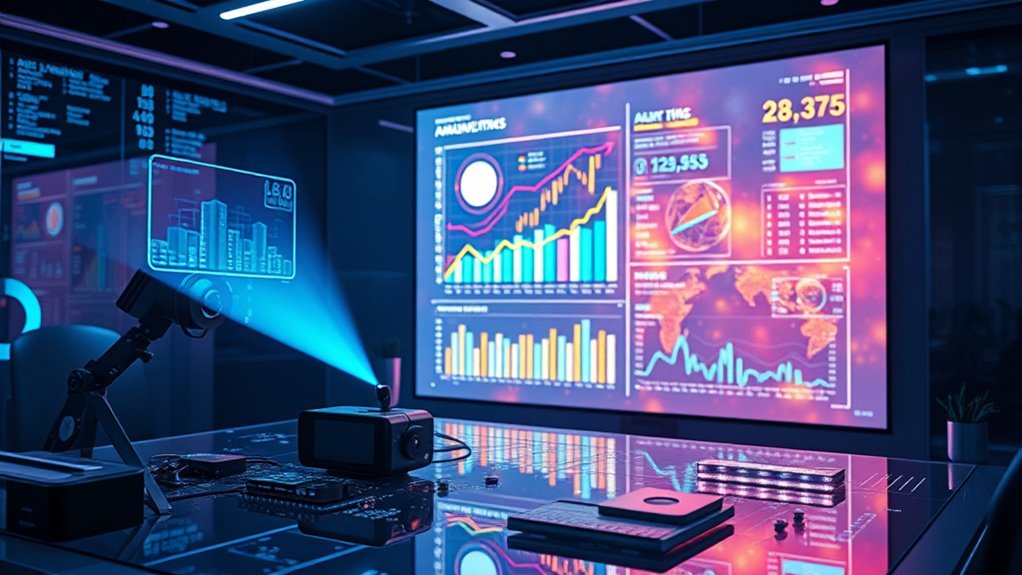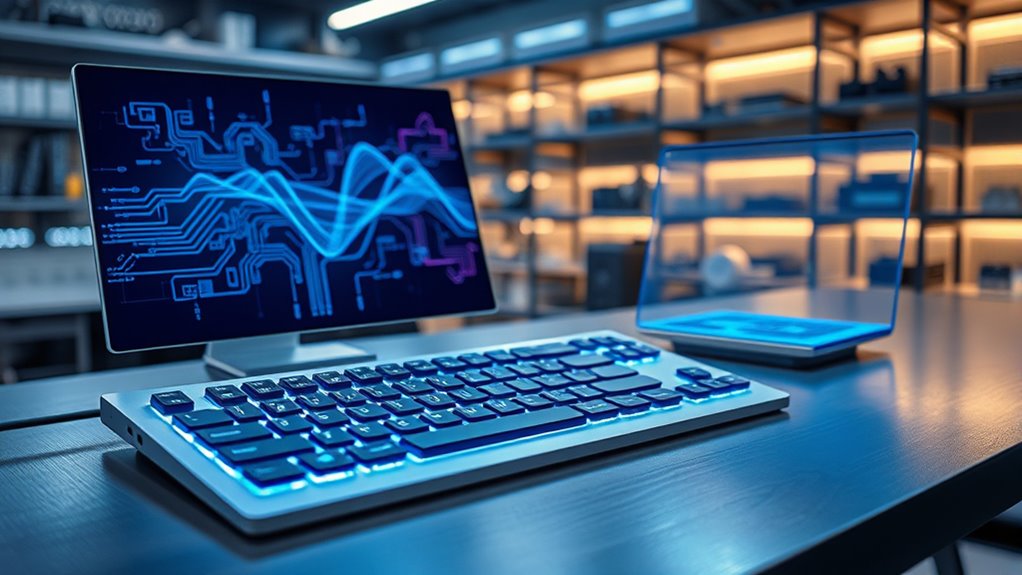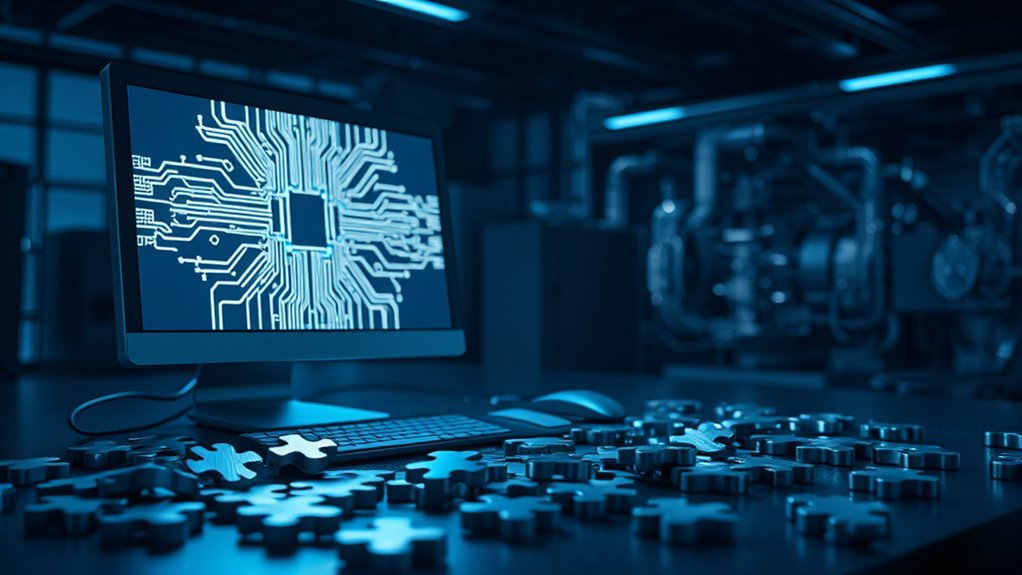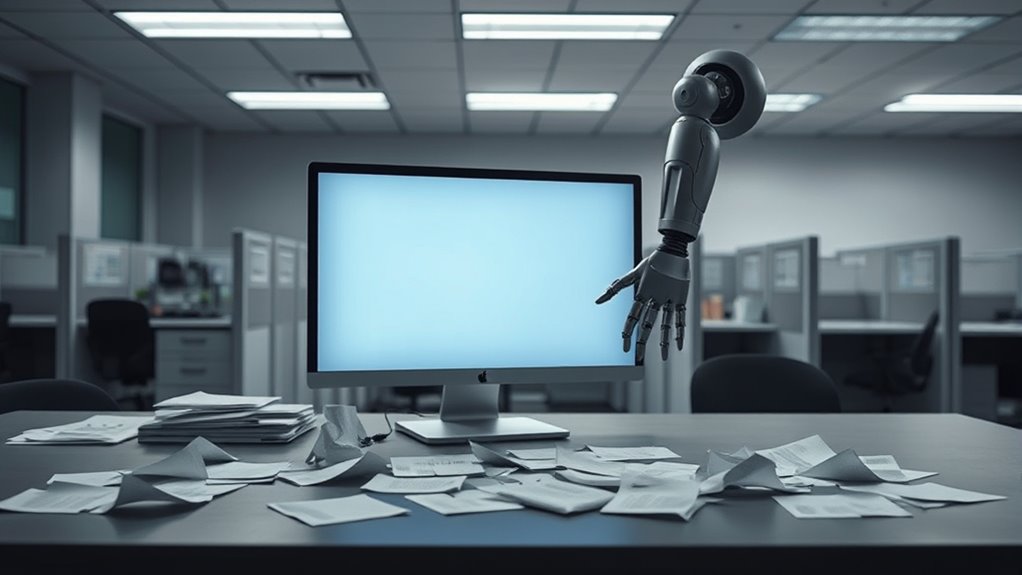How can something as smart as artificial intelligence make unfair choices? Artificial intelligence, or AI, is a powerful tool that helps computers think and decide like humans. But sometimes, it makes decisions that aren’t fair to everyone. This happens because of something called AI bias. AI bias means the system might treat some people or groups unfairly due to problems in its data or design.
AI bias often comes from the information used to teach these systems. If the data has old stereotypes or isn’t complete, the AI can learn those unfair ideas. For example, some AI programs have assumed all nurses are women because of outdated patterns in the data. This kind of mistake can show up in many places, like job applications or even facial recognition tools that don’t work well for certain ethnic groups. Understanding these limitations is critical, as AI systems often rely on probabilistic pattern matching which can perpetuate existing biases if not carefully monitored.
AI bias stems from flawed data, leading to unfair assumptions like nurses being women, affecting areas like jobs and facial recognition accuracy.
The effects of AI bias can be serious. In schools, it might mess up how students are graded or who gets help. In jobs, it could mean some people don’t get hired or promoted fairly. In healthcare, biased AI might give wrong diagnoses or treatments to certain groups. It’s not just a small problem—it can make social inequalities worse and raise big questions about fairness. Historical data can also embed past societal unfairness, as seen in cases like Amazon’s job screening system which favored certain demographics due to biased historical data.
There are different types of bias in AI. Algorithmic bias happens when the rules the AI follows are flawed. Sample bias comes from using data that doesn’t show the whole picture. Historical bias means the AI learns from past unfairness. There’s also exclusion bias, where some groups are left out of the data completely. Additionally, the use of AI in surveillance systems can amplify bias by disproportionately targeting specific communities based on flawed data patterns AI surveillance risks.
Real-world cases show how this plays out. Some job systems have favored certain demographics over others. Health tools have misdiagnosed people because of limited data. Even credit scoring systems have unfairly judged some groups.
Efforts are underway to fix AI bias. Teams are working to use more diverse data so AI learns from a wider view. They’re also checking algorithms often to spot and stop unfair patterns. While AI is smart, it’s clear that making it fair takes a lot of hard work and care.
